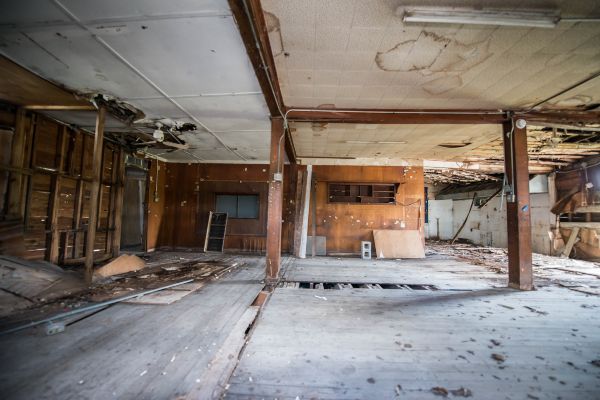Dealing with Water Damage After a Fire: Tips for Drying Out Your Home and Preventing Mold Growth
Experiencing a house fire is a traumatic event for any homeowner, and dealing with the aftermath can be overwhelming. One issue that many homeowners face after a fire is water damage. Water damage occurs when firefighters use water to extinguish the flames, and it can cause significant damage to your home if left untreated. In addition to damaging your home’s structure, water damage can also lead to mold growth if not addressed quickly. In this article, we’ll provide tips for drying out your home and preventing mold growth after a fire.
Understanding Water Damage
Water damage can occur in a number of ways after a fire. For example, if firefighters used a lot of water to put out the fire, it can cause water to seep into your walls, floors, and ceilings. Additionally, your home’s plumbing may be damaged in the fire, causing leaks and other water-related issues. It’s important to note that not all water damage is immediately visible, so it’s important to thoroughly assess your home for any signs of water damage.
Assessing the Damage
Before you can begin the restoration process, it’s important to assess the extent of the water damage. This will help you determine the best course of action for drying out your home. Look for signs of water damage such as discoloration or warping on your walls, floors, or ceilings. Additionally, be sure to check for any standing water that may have accumulated in your home. It’s also important to remember that water damage can be hidden, so be sure to check areas like your crawl space or attic for any signs of water damage.
Drying Out Your Home
The key to preventing mold growth after water damage is to dry out your home as quickly as possible. Here are some steps to take to effectively dry out your home:
- Removing Standing Water: If there’s standing water in your home, it’s important to remove it as quickly as possible. You can use a wet/dry vacuum or a pump to remove the water.
- Drying Out Carpets and Flooring: Carpets and flooring can trap moisture, so it’s important to dry them out quickly. Remove any wet carpeting or flooring and use fans or a dehumidifier to dry out the area. If the carpeting or flooring is severely damaged, it may need to be replaced.
- Using Dehumidifiers and Fans: A dehumidifier can help remove excess moisture from the air, which can help speed up the drying process. Additionally, using fans can help circulate the air and dry out your home more quickly.
- Monitoring the Drying Process: It’s important to monitor the drying process to ensure that your home is drying out effectively. Check for any signs of mold growth or moisture, and adjust your drying process as necessary.
Preventing Mold Growth
Mold can begin to grow in as little as 24 hours after water damage occurs. To prevent mold growth, it’s important to act quickly and take the following steps:
- Controlling Humidity Levels: High humidity can contribute to mold growth, so it’s important to control the humidity levels in your home. Use a dehumidifier and ensure that your home is properly ventilated.
- Thoroughly Cleaning and Disinfecting Surfaces: After water damage occurs, it’s important to thoroughly clean and disinfect all surfaces to prevent mold growth. Use a solution of bleach and water to disinfect surfaces, and be sure to wear gloves and a mask while cleaning.
- Removing and Replacing Moldy Materials: If you do find mold in your home, it’s important to remove and replace
We welcome you to contact our team to learn more about our emergency disaster restoration services.

